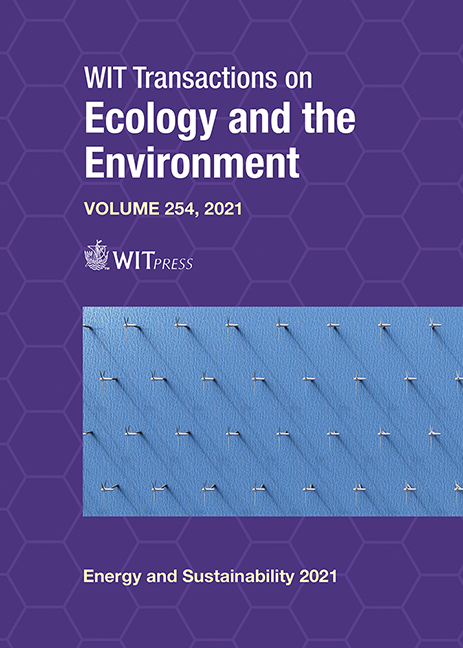THERMAL EFFECT OF LIGHTING AND WINDOW-TO-WALL RATIO IN MOSQUES: A CASE STUDY IN A HOT CLIMATE – SAUDI ARABIA
Price
Free (open access)
Transaction
Volume
254
Pages
10
Page Range
35 - 44
Published
2021
Size
1,655 kb
Paper DOI
10.2495/ESUS210041
Copyright
Author(s)
MOHAMMED M. ALSHAREEF, MUNEER S. ALOSAIMI, MAMDOOH ALWETAISHI, ASHRAF BALABEL, AHMAD ALAHMADI, ALI ALZAED
Abstract
In mosques, the worshipers must feel comfortable to perform the prayer with reverence and reassurance. The question is whether there is a big difference in temperature ratio in the building upon a slight change of some factors, such as lighting type and window-to-wall ratio, and does the size of windows affect people’s thermal comfort in the building or not? This research aims to study the thermal effect resulting from these factors and compare the impact of each of them on the mosque’s cooling loads. The King Fahd Mosque in Taif was chosen because it has a free air-conditioning operation with no heating or cooling loads all year round. The size of the windows is large, to study the system accurately. The study has various methods: Simulating the mosque through one of the computer programs (TAS EDSL) and knowing the effect of sunlight concerning the size of the windows and the mosque’s lighting on all days of the year. Calculations of the heat effect derived from different lighting types. Also, field monitoring of the mosque using a set of devices to study the building and determine the actual sunlight and lighting effect. Finally, a survey of worshipers about their feeling of thermal comfort in this mosque was also investigated.
Keywords
building envelope, hot climate, mosques, Taif city, temperature management, thermal comfort, window-to-wall ratio





